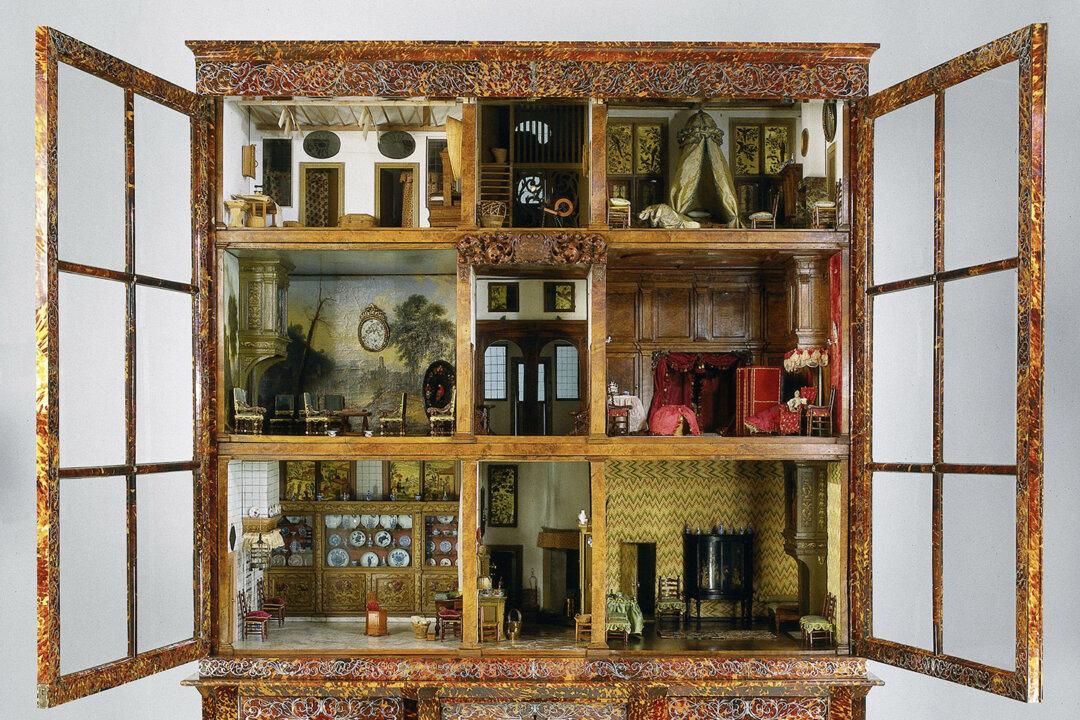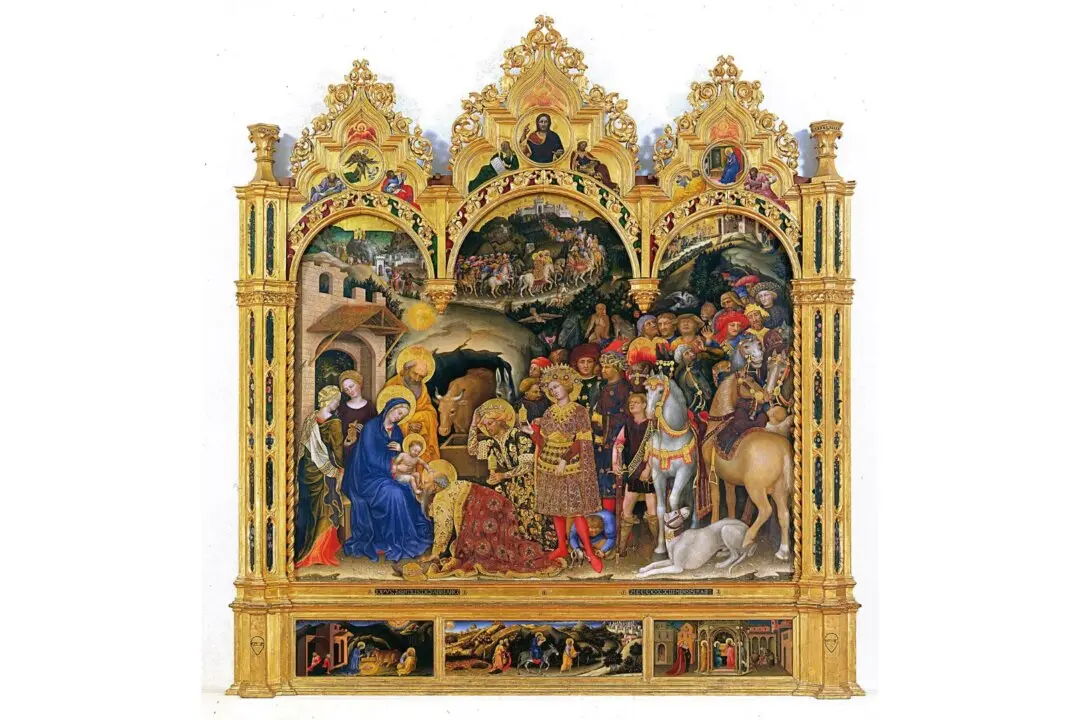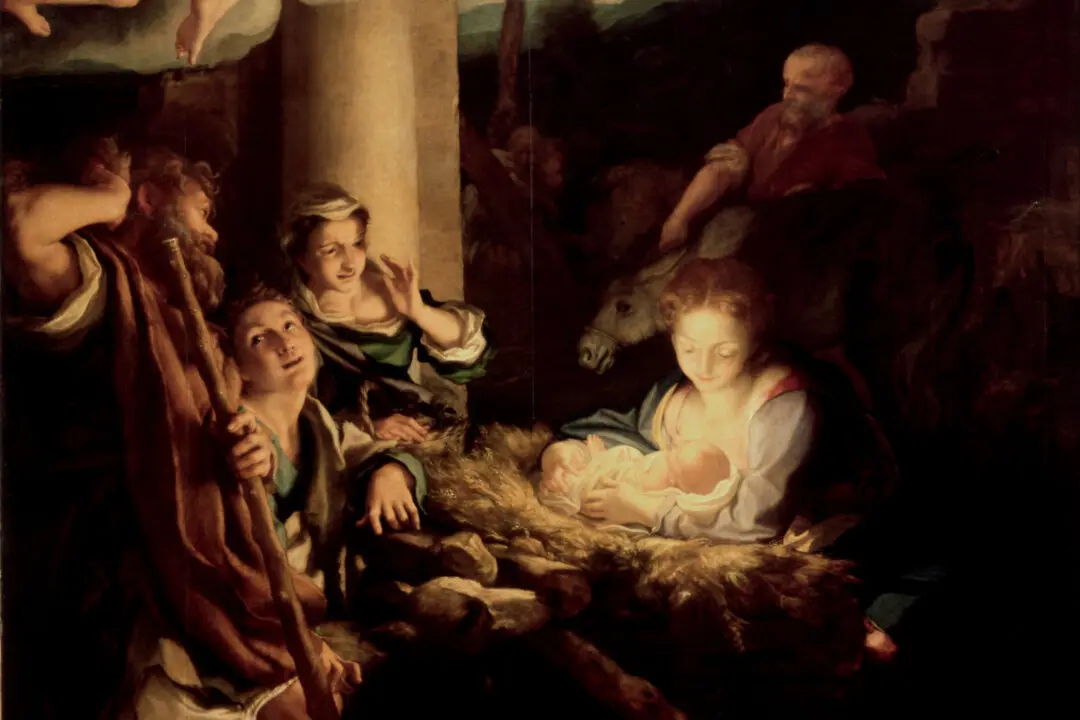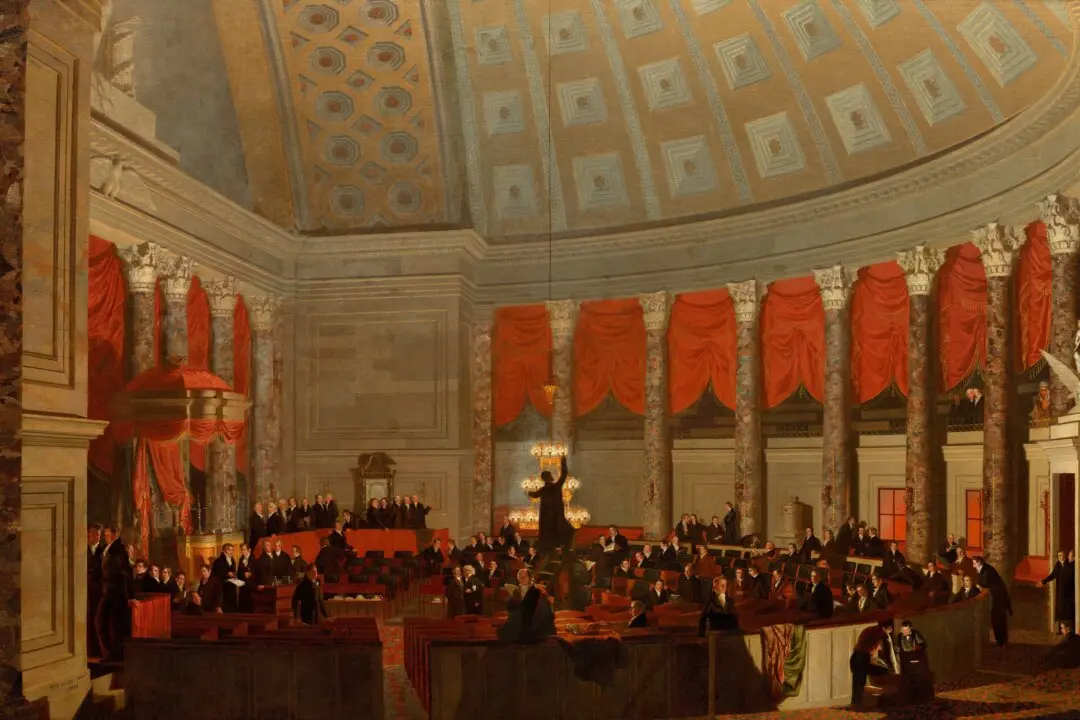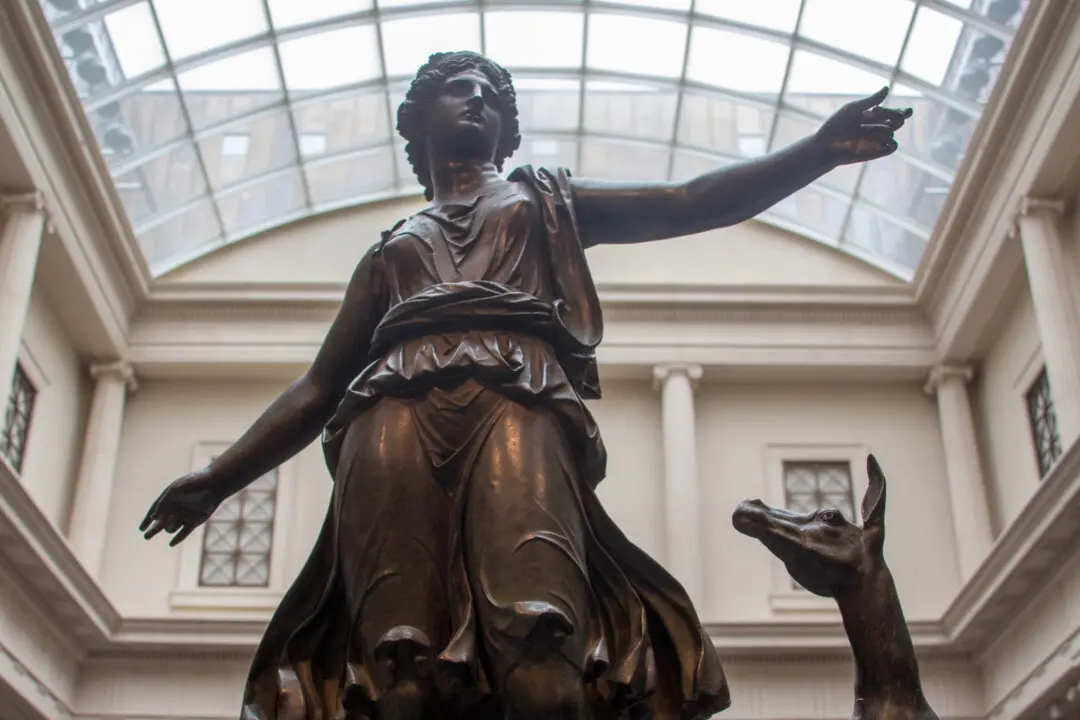There is a fascinating history behind the evolution and purpose of dollhouses. These miniature structures date back to late 1500s Europe, with the earliest known versions from Bavaria. Their original intention was not as toys for children’s play but rather as a kind of “wunderkammer,” or cabinet of curiosity. A way for wealthy women to show off their prosperity and taste, the dollhouses were literally stored in cabinets.
In later centuries, dollhouses were promoted for use by young girls as a means to learn about household management skills that would help them when they became wives and mothers. Advancing methods of manufacture allowed for the increasing mass production of dollhouses in a range of styles, scales, and prices. However, extraordinarily intricate and sophisticated examples continued to be made solely as works of art. Dollhouses elevated to this category provide a captivating window into how affluent residences were once decorated and how people lived in them.

